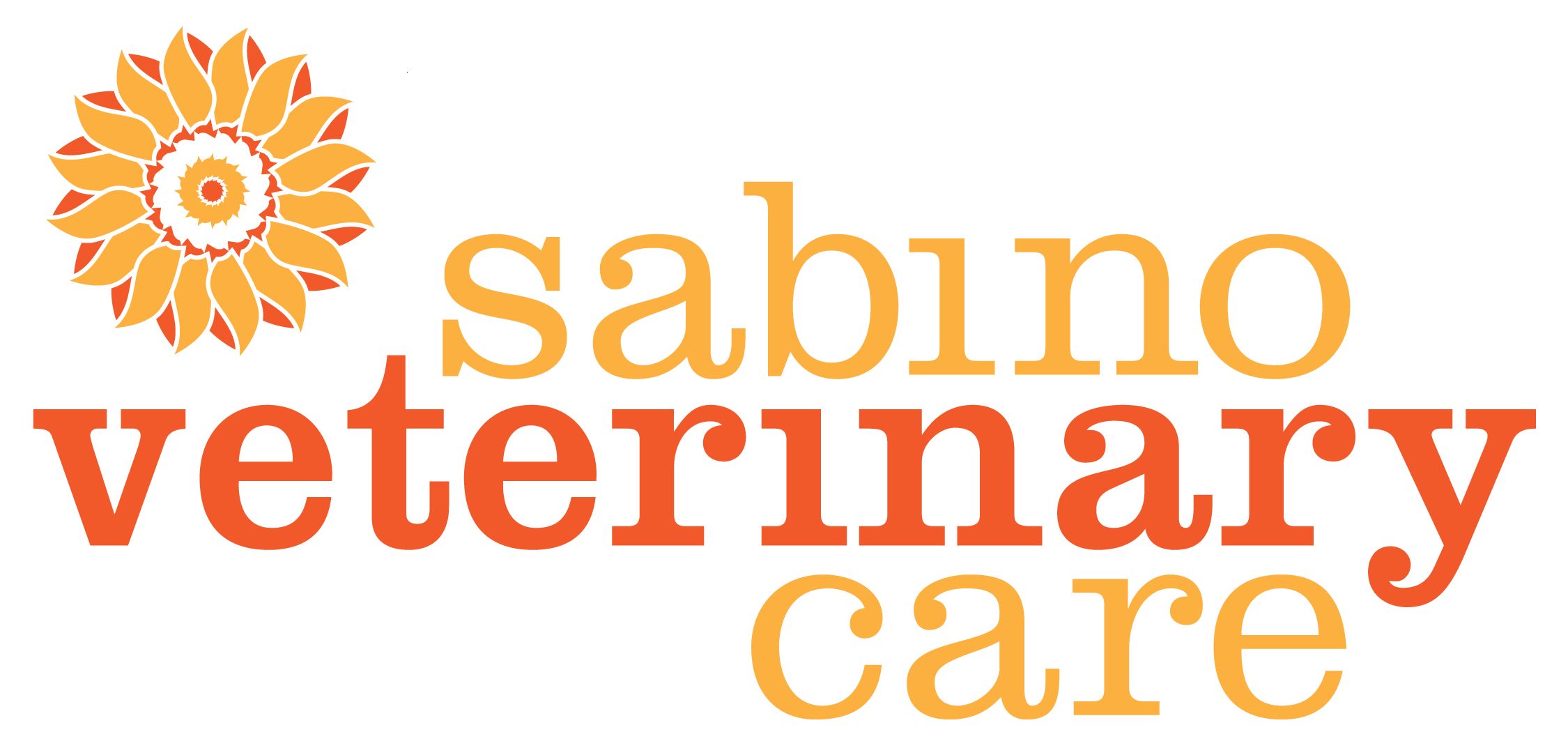With the start of February and National Veterinary Dental Month, I thought I would talk about some of the strategies and products that our available to help promote good oral health of our cats and dogs. Of course, the first step is to have your pet examined by a veterinarian and if periodontal disease is found, an anesthetic dental cleaning and polishing along with a good set of dental radiographs are in order. This was previously discussed on our blog. Usually, our pet owners are very interested in tips and techniques to maintain a healthy mouth and reduce the need to have the teeth cleaned again (or at least cleaned less often).
I will start our discussion with a few ideas that are widely regarded as safe and efficacious for all dogs and cats and then we will go over a few ideas that are a mixed bag of pros and cons. Teeth brushing is the single most effective method for reducing plaque and tartar build up and preventing periodontal disease in our pets. It is also the most labor intensive. Some dogs (and many cats) are very resistant to tooth brushing. I always advise owners to just brush the outside (cheek surface) of the upper and lower teeth and be sure to use a fluoride free pet toothpaste. By keeping the mouth closed an just brushing under the lips, we tend to get better acceptance from our patients. A new product we like is Dentacetic wipes – think stridex pads for the teeth. It is antimicrobial and has clove oil that can sooth inflamed gums while removing the bio film.
Another option for busy pet owners (is there any other type of pet owner?) is to use an additive in the water to reduce the bacteria in the mouth and slow the development of plaque and gingivitis. The Veterinary Oral Health Council has given its seal of approval to Healthy Mouth, a water additive that can be used every day. The company that makes our C.E.T. chews (Virbac) also makes a water additive called Aquadent. We recommend providing an alternate water source without the additive to make sure your pets are not avoiding drinking water with a new taste.
Finally, there are lots of opinions about using chew bones to keep teeth healthy. The idea is that wild dogs and wolves will gnaw on bones and tendons to maintain healthy teeth and gums. I have had several patients who have benefited from chewing on raw meaty bones (large knuckle bones, or even raw, frozen chicken wings or backs). The danger is that not all dogs chew the bones with dignity and self-restraint – some will aggressively bite down possibly fracturing a tooth, or may swallow large bone fragments which can be hard on the digestive tract to say the least. There is also a risk of bacterial infection from chewing raw bones – however cooked bones are much more brittle and can splinter easily.
Alternatives to feeding real bones, are C.E.T rawhide chews, and bully sticks. The CET chews are rawhide chips treated with antibacterial Chlorhexadine. Bully sticks are dried bull penis. Yes, I know – a little awkward and gross to discuss, but really a good digestible chew stick that can last longer, and is more nutritious than rawhide. Bully sticks can be found at most pet stores, at Costco or from Best Bully Sticks. Some of the best looking teeth I have seen in a while were in the mouths of Abby and Riley – and they give two paws up for Bully sticks.
What's Next
Call us or schedule an appointment online.
Meet with a doctor for an initial exam.
Put a plan together for your pet.

